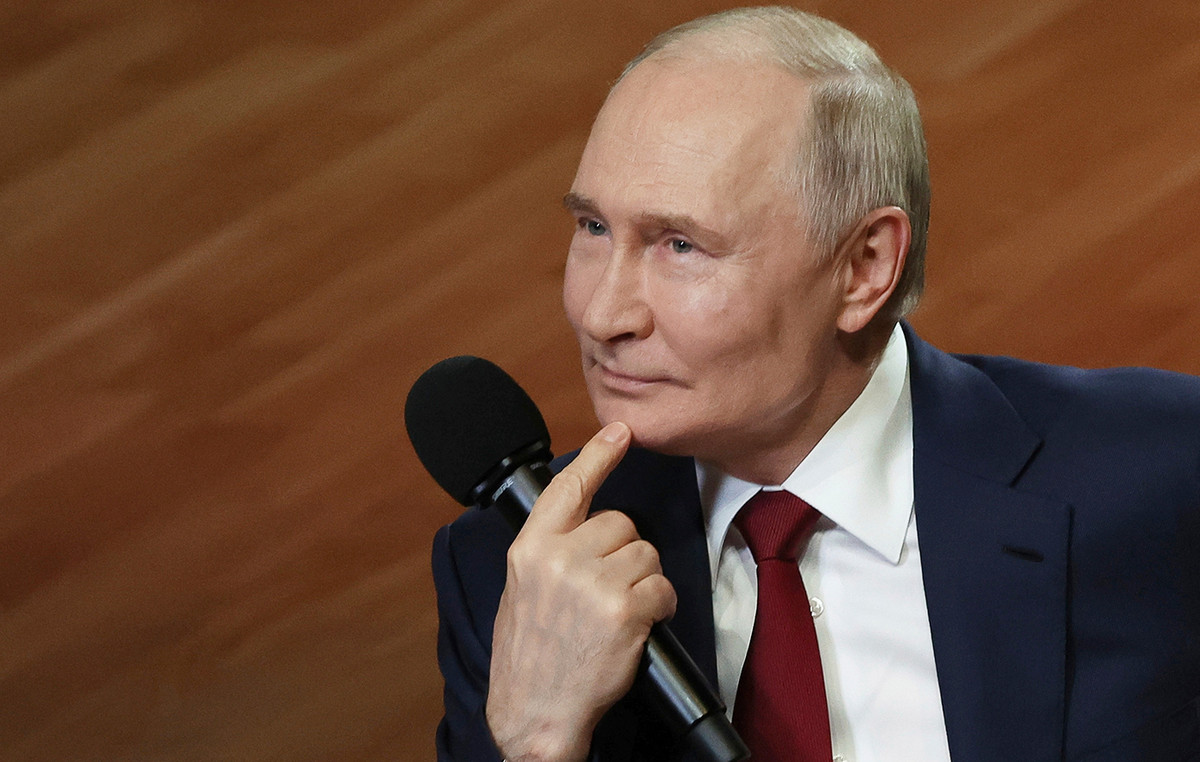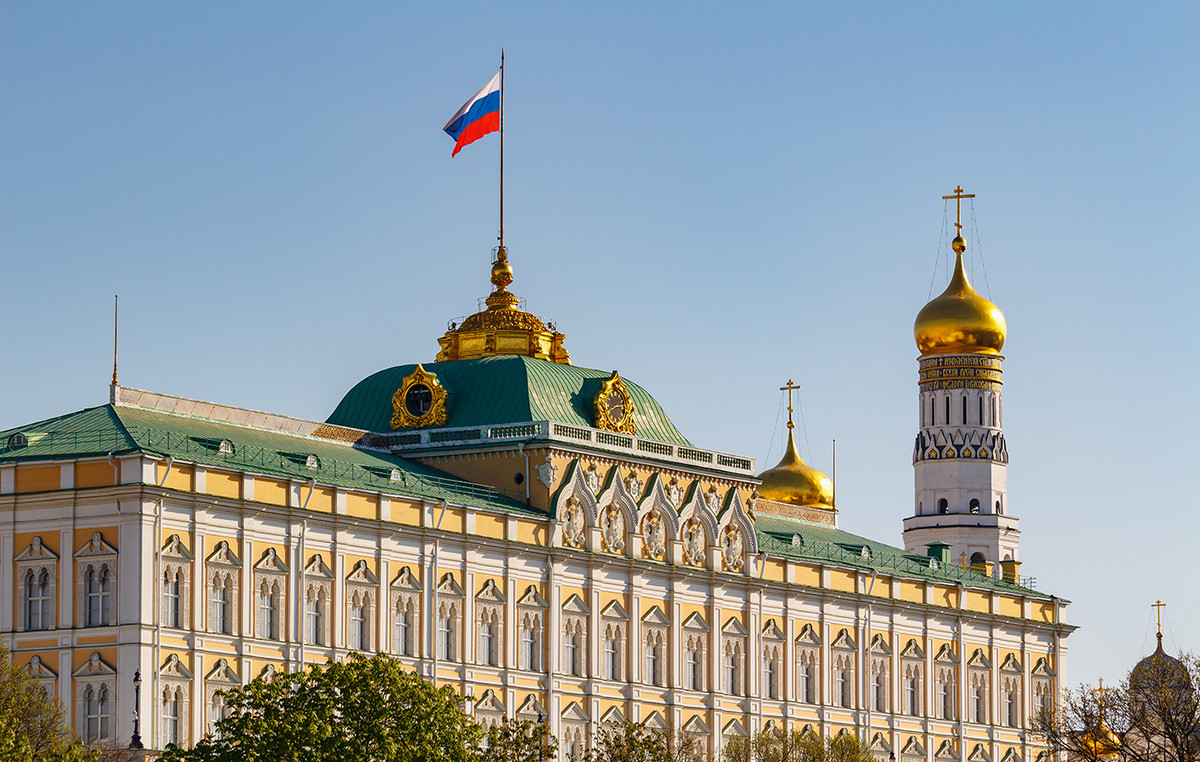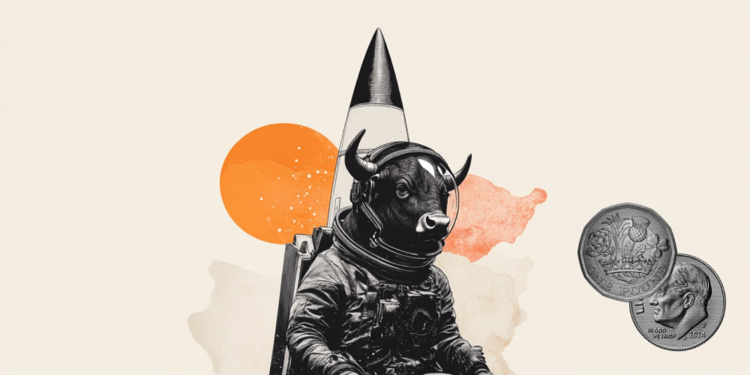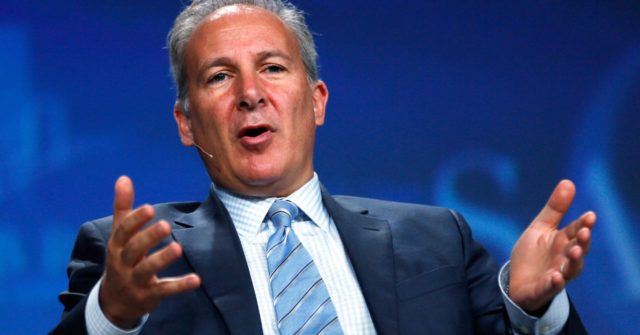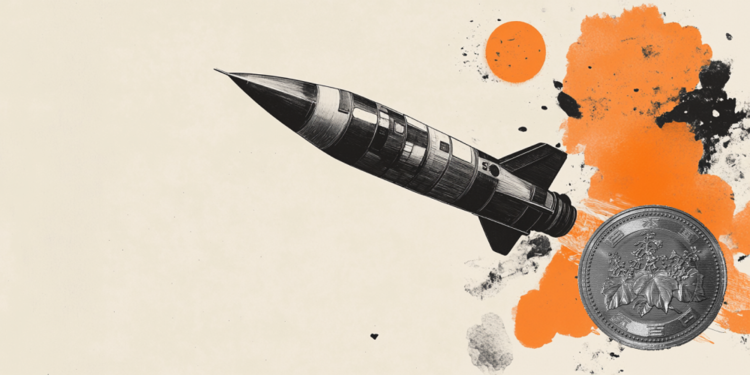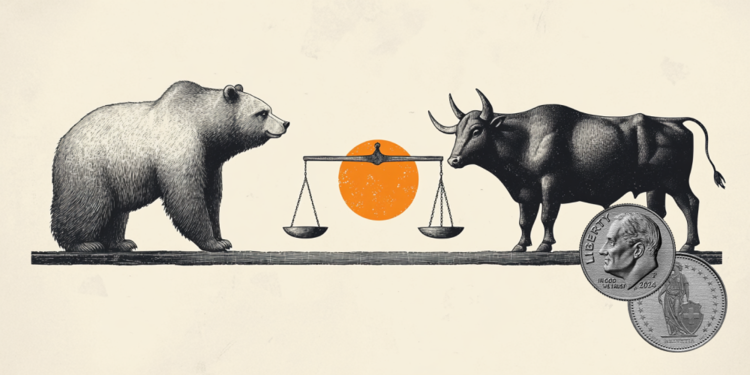Brazil’s international reserves in October 2023 recorded the lowest level in 11 years, according to Central Bank data. With $326 billion in cash this October, the figure is similar to that recorded in April 2011.
For economists, this loss of around US$ 12 billion between September 9 and October 10, still points to a comfortable situation for the Brazilian economy.
Managed by the Central Bank, “international reserves” are assets in foreign currencies that basically serve as “insurance” for the country’s economy to meet its obligations abroad and external shocks, such as a stronger devaluation of the local currency.
According to the chief strategist of Warren Renascença, Sergio Goldenstein, the perception that the fall in reserves is due to the sale of dollars by the Central Bank is wrong, since, in fact, the institution has intervened little throughout this year in this regard. “This drop in the volume of reserves is due to the marking to the market of the assets that accompany the BC portfolio”, he shows.
He explains that the Central Bank has an annual report on foreign exchange reserves and informs that, at the end of 2021, about 90% of the assets that make up this fund were in government bonds – which in this case were “treasures”, that is, international treasuries. .
“This year there was a significant rise in treasure rates, leading to a price drop. Therefore, there is a negative mark-to-market of reserves. This is the main impact”, points out Goldenstein.
The second impact that the economist points out is that about 20% of the reserves are in currencies other than the dollar – and this was a year of global appreciation of the American currency. “The dollar represents 80% of the country’s reserve composition, and the rest is in euro, renminbi, pound, gold, yen, Canadian and Australian dollars. All these currencies devalued against the US dollar, also having an impact on these results,” he says.
At the end of last year, in December, the reserve stood at US$ 362 billion. Comparing with this month’s results, in terms of Central Bank interventions, the volume of loss was low.
Goldenstein also mentions online auctions – a modality of selling resources with a repurchase commitment. This strategy, which represents a temporary loss of reserves, signals that later on, these values will be restored to the fund.
“The line auctions this year represent just over US$ 3 billion dollars and sales on the spot market were even lower, with only one intervention in April this year. That is, these actions do not have a significant impact on the values of the reserve,” he explains.
Composition of the reservation
- US dollar: 80.34%
- euro: 5.04%
- renminbi (China): 4.99%
- pound sterling (UK): 3.47%
- gold: 2.25%
- yen (Japan): 1.93%
- Canadian dollar (Canada): 1.01%
- Australian dollar (Australia): 0.97%
Reserve investments
- government bonds: 89.26%
- deposits in central banks and in supranational systems: 3.61%
- agency titles: 1.64%
- Stock Index ETFs: 1.13%
- titles of supranational systems: 0.63%
- deposits in commercial banks: 0.47%
- Corporate Investment Grade ETFs: 0.44%
- gold: 2.25%
- other classes such as local government bonds: 0.58%
International scene
In the view of CNN commentator Alexandre Schartzman, there hasn’t been much reserve selling. According to the Central Bank report, this year it registers around US$ 570 million, a value considered low. “The buyback lines reduced the reserve, but it is a value that will return, as there is a commitment to replace, that is, the impact is small”, he shows.
For him, the biggest impact is on the issue of the fund’s investments. Schartzman reinforces the explanation that part of the reserves are in dollars and the other part is in different currencies.
“This part that is in other currencies, somehow, mirrors the Brazilian debt. Brazil owes it in dollars, euros, yen, in short, and as the American currency gained value, the portion being in euros and yen, among others, loses its value in dollars, shrinking the reserve”, he points out.
What also contributed to this reduction, in the analysis of the CNN economist, is that there was a large increase in US interest rates. The part of the reserves that are in dollars is invested in these papers and, as interest rates rose, the value of these assets fell.
“October’s reserve result reflects much more on interest rate prices and currency parity, and not a move by the Central Bank to intervene”, concludes Schartzman.
Source: CNN Brasil
Joe Jameson, a technology journalist with over 2 years of experience, writes for top online news websites. Specializing in the field of technology, Joe provides insights into the latest advancements in the industry. Currently, he contributes to covering the world stock market.

